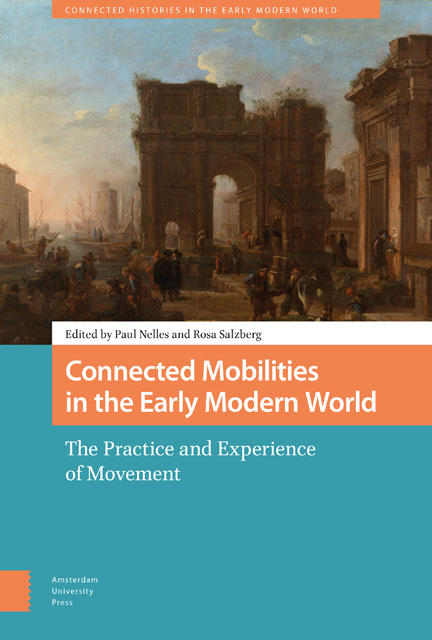7 - Devotion in Transit: Agnus Dei, Jesuit Missionaries, and Global Salvation in the Sixteenth Century
Published online by Cambridge University Press: 15 June 2023
Summary
Abstract
Agnus Dei were round disks made from the wax of the leftover paschal candles in Rome and blessed by the pope. Stamped with the image of the “Lamb of God,” they possessed powerful apotropaic and thaumaturgical powers and were commonly used as amulets. Meant to be mobile, they were particularly valued for their ability to ward off the perils of travel. The paper explores the ways Agnus Dei intersected with both global and local mobilities. The paper follows the circulation of the wax lambs along the well-organized global communications network of the Society of Jesus. The chapter locates the circulation of Agnus Dei and other Christian devotional objects within a global economy of devotional exchange.
Keywords: devotional objects; material culture; early modern Rome; New Spain; Society of Jesus; conversion
Agnus Dei were wax disks formed from the leftover candles used in papal Easter celebrations, produced during the first year of a pontificate and every seventh year thereafter. They were either round or, increasingly in early modern iterations, oval in shape. On one side was an image of the “Lamb of God” carrying a cross or flag atop the “mystical book” with the seven seals. The reverse usually bore the image of Christ, a saint, or a devotional scene. The disks were imprinted with the papal arms and year of consecration, and were blessed by the pope during Holy Week ceremonies. The Lamb of God was a ubiquitous Christological symbol of medieval and early modern visual culture. The lamb figures Christ’s sacrifice, while the mystical book and the seven seals refers to the second coming as foretold in the Book of Revelation.
Agnus Dei were more than Roman trinkets touched by the pope. Attributed with prodigious apotropaic and thaumaturgical properties, the disks functioned as powerful Church-sanctioned amulets. The manufacture of Agnus Dei in Rome reaches back to at least the ninth century. The ceremonies around their making and distribution varied. By the sixteenth century, the ritual emphasized papal sacrality and consecration by baptism. Promoted by successive early modern popes, by the final decades of the sixteenth century Agnus Dei had become a mass phenomenon. The wax lambs were also one of the first globalized Roman religious objects, carried from Rome by pilgrims and transported across the globe by missionaries.
- Type
- Chapter
- Information
- Connected Mobilities in the Early Modern WorldThe Practice and Experience of Movement, pp. 185 - 214Publisher: Amsterdam University PressPrint publication year: 2022



